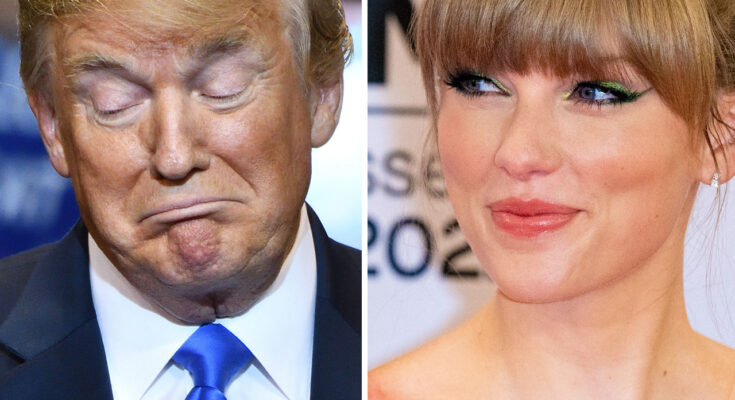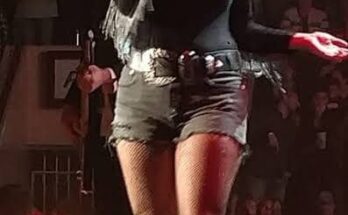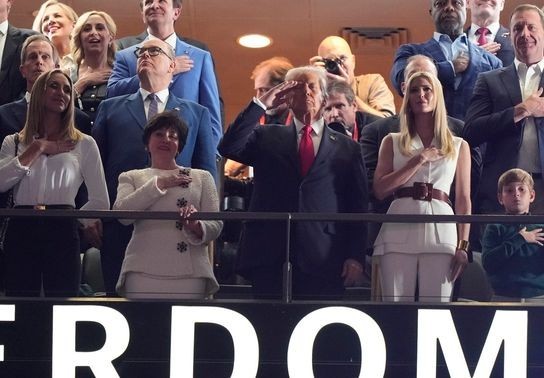
The energy in the packed stadium was electric. Fans cheered, music blared, and excitement buzzed through the air. The event was one of national importance—a championship game, a star-studded concert, or perhaps an annual celebration. Whatever the occasion, the crowd was fully engaged, reveling in the moment.
Then, as the cameras scanned the audience, picking out famous faces to showcase on the big screen, the atmosphere suddenly shifted. The camera zoomed in on the president, seated in a VIP box, surrounded by aides and dignitaries. In an instant, the reaction from the crowd took a surprising turn.
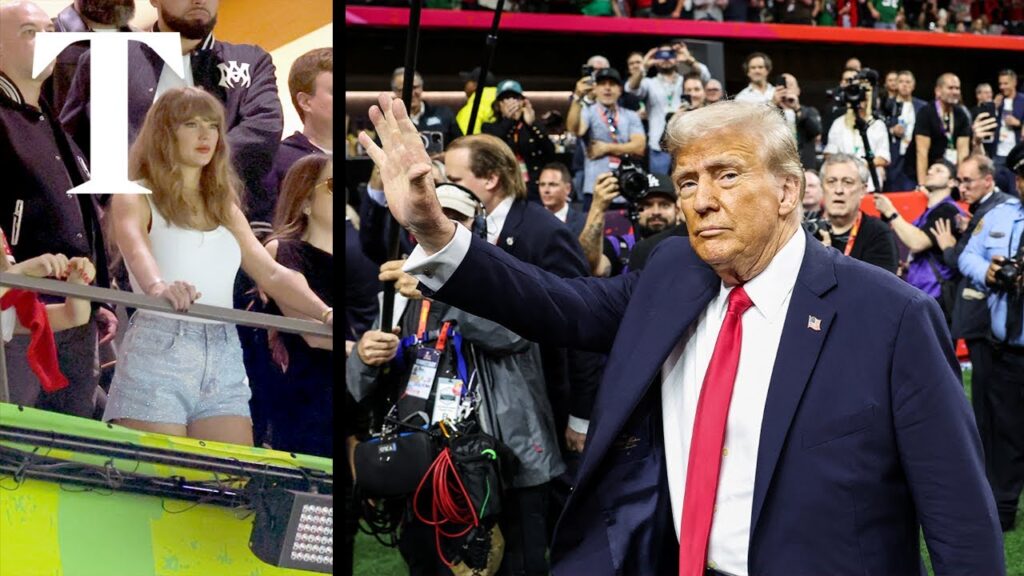
Some members of the audience erupted into applause, showing their support for the leader of the nation. Their cheers rang out, a clear sign of admiration and respect. But just as loudly, a wave of boos cascaded through the stadium. The mixed reaction was impossible to ignore. Some individuals whistled and clapped enthusiastically, while others jeered or shook their heads in disapproval.
The president, ever the politician, maintained his composure. He offered a polite wave and a practiced smile, seemingly unfazed by the polarized response. But the stark contrast in the audience’s reaction revealed a deeper truth: the nation was divided, and that division was on full display for all to see.
Political figures have long been met with varying levels of public reception, but in an age of social media and instant broadcasting, these moments carry even greater weight. The scene quickly went viral. Within minutes, social media platforms were flooded with clips of the incident, each side interpreting the response through its own lens. Supporters insisted that the cheers outweighed the boos, while critics claimed the opposite. The debate raged online, further amplifying the deep divide that had already been evident.
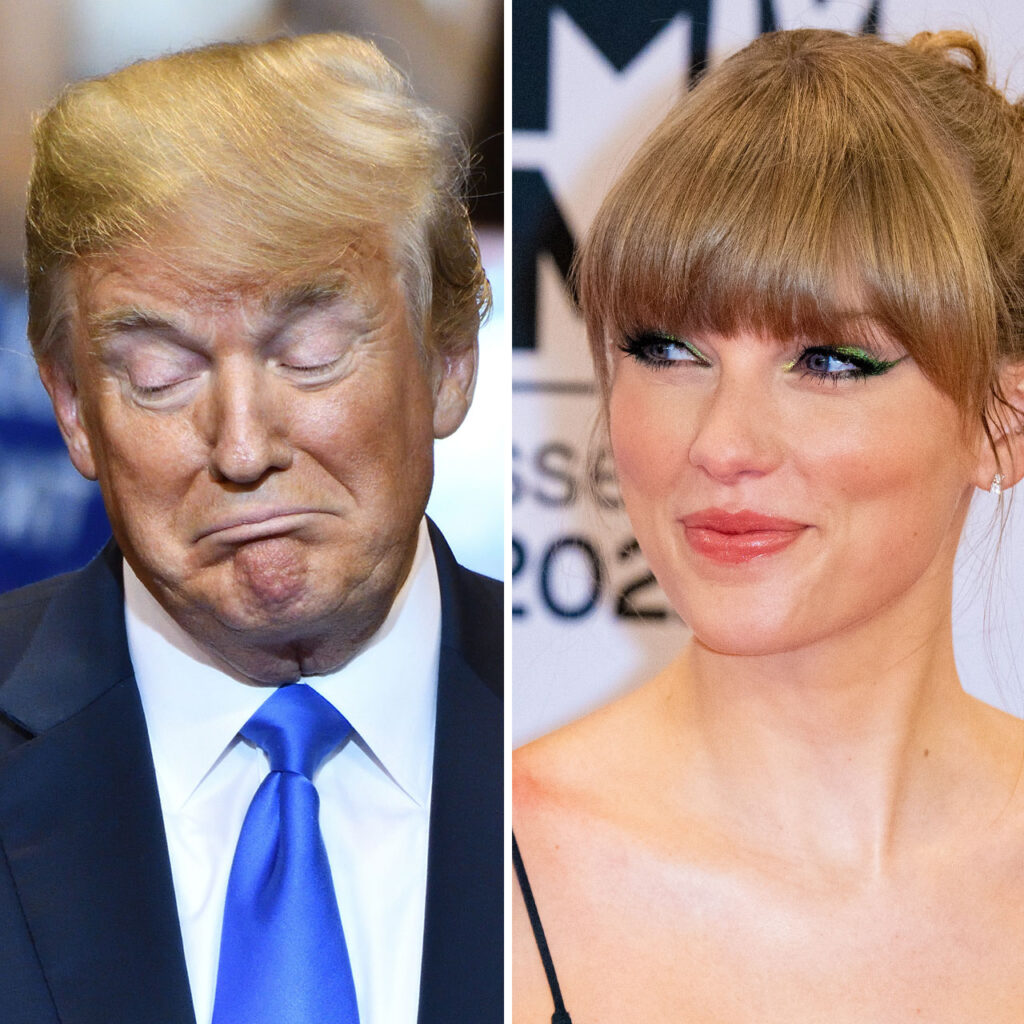
News outlets also seized on the moment. Some framed it as a display of public dissatisfaction, a sign that the president’s policies were unpopular with a significant portion of the population. Others painted it as a moment of strength, arguing that public figures always face scrutiny and that strong leadership often invites controversy.
But beyond the headlines and political spin, the event highlighted an undeniable reality: leadership comes with both admiration and opposition. No leader, no matter how skilled or charismatic, can please everyone. Public perception is fluid, shifting with the winds of policy decisions, economic conditions, and global events.
For the president, the reaction may have been expected. It was a reminder that his actions, speeches, and decisions all had real consequences, affecting the lives of millions. As the game or event continued, the cheers and boos eventually faded into the background. Yet, for those who witnessed the moment—whether in the stadium or on their screens—it remained a striking reflection of the nation’s divided state.
Would this reaction influence the president’s future choices? Would it serve as a wake-up call or simply be dismissed as another partisan episode? Only time would tell. But in that moment, with cameras rolling and the nation watching, one thing was clear: the crowd had spoken, in both praise and protest.
